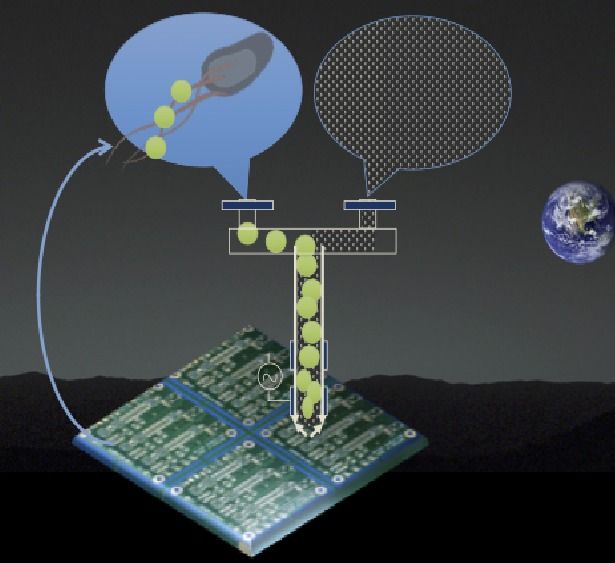“A radical review of cybersecurity in space is needed to avoid potentially catastrophic attacks.”


“A radical review of cybersecurity in space is needed to avoid potentially catastrophic attacks.”

“After being spurned in Chicago, Lucas’s Museum of Narrative Art is looking for a West Coast home.”
Once thought of as a pipe-dream, exploitation of the solar system’s asteroids is being planned by a growing community of asteroid mining companies and scientists.
NASA.

Just WOW!
PULLMAN, Wash., Oct. 26 — Washington State University and NASA scientists are set to begin an investigation into the strange world of quantum physics on the International Space Station.
WSU physicists Peter Engels and Maren Mossman are part of a team studying the behavior of atoms laser-cooled to temperatures just a few billionths of a degree above absolute zero, the point where they behave like one wave of discrete particles.
On Earth, the unavoidable presence of gravity makes it difficult to conduct unperturbed observations of this this super-cooled substance – called a Bose-Einstein condensate – and the laws of quantum physics that govern its wave-like behavior.

PARIS — The European Union’s executive commission on Oct. 26 unveiled a new space strategy that promises public investment to stimulate the creation of space start-up companies.
The Brussels, Belgium-based commission, which acts on behalf of the 28 European Union members — still including Britain for a couple of years — is already the biggest single customer for Europe’s Arianespace launch-service provider and for Europe’s satellite manufacturers.
The EU plans to launch some 30 satellites in the coming decade for the Galileo navigation and Copernicus environment-monitoring programs, which are the major beneficiaries of the commission’s space budget of 12 billion euros ($13.5 billion) between 2014 and 2020.
Click on photo to start video.



Time now for a very cute video about a rather terrible prospect—the very grim possibility of the universe spawning a lethal bubble of pure vacuum that expands in all directions at the speed of light.